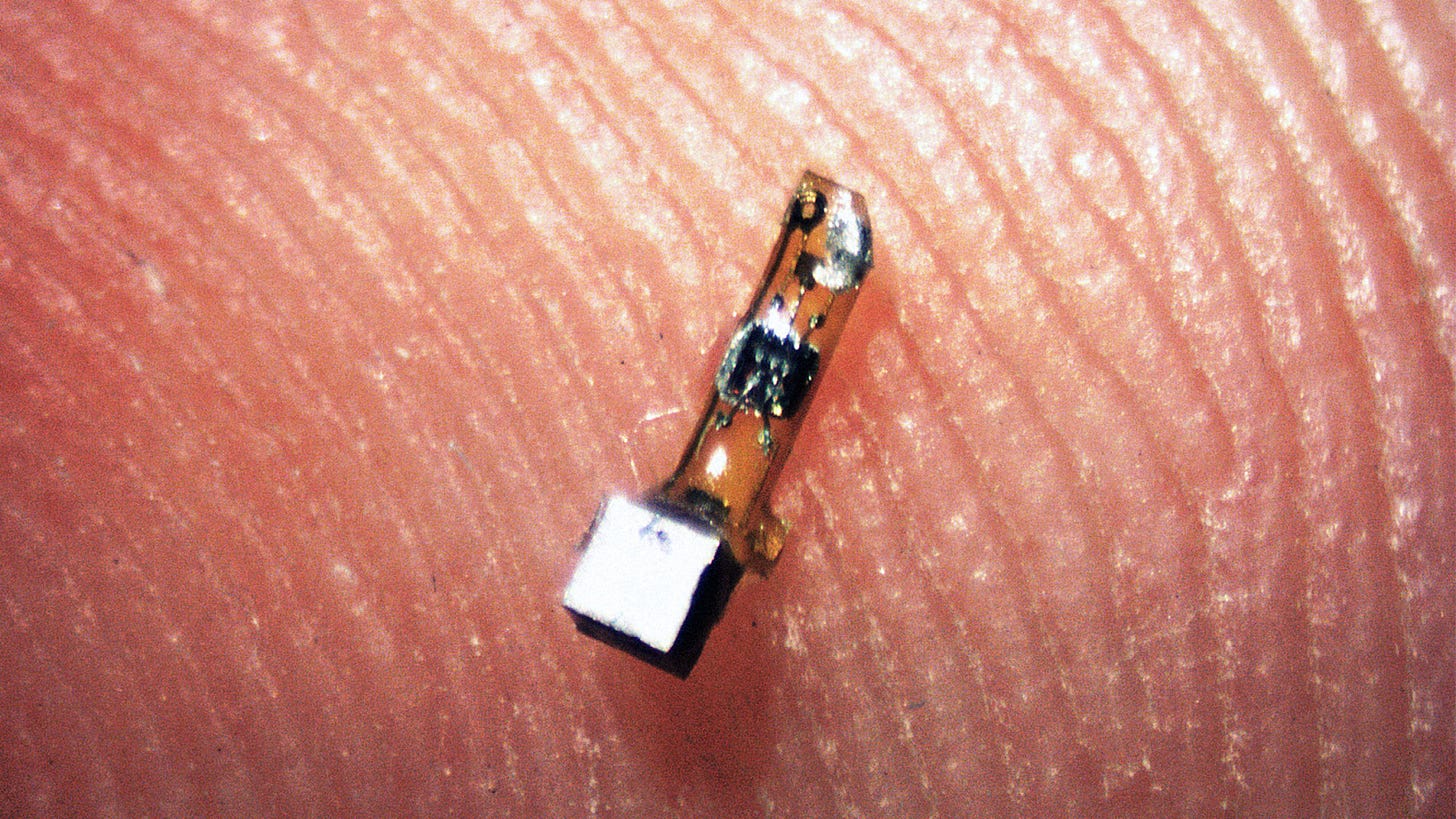Neural Dust
Written by Christopher Dass
Introduction
Imagine a future where doctors can look inside the brain using technology inspired by science fiction. Just like the versatile microbots from Disney's “Big Hero 6,” neural dust is a real-world innovation set to revolutionize neuroscience and medical diagnostics.
What is Neural Dust?
Neural dust consists of miniature sensors, even smaller than a grain of sand (100 micrometers), designed for implantation in the brain. These sensors monitor brain activity by picking up on electrical signals. The information they gather is transmitted wirelessly to an external device, allowing for continuous monitoring without additional surgery. Unlike traditional electrodes, neural dust is biocompatible and suitable for long-term use within the brain.
How Does it Work?
These tiny sensors are powered by external ultrasound waves, which provide the energy needed to function and transmit data. The design of neural dust sensors prioritizes biocompatibility, allowing them to remain in the brain for extended periods without causing issues.
Applications in Medical Diagnostics
Neural dust has enormous potential for diagnosing and managing conditions like epilepsy, Parkinson’s disease, and traumatic brain injuries. For instance, in epilepsy, it can monitor brain activity continuously to detect seizures early, enabling quick intervention. Similarly, in Parkinson’s disease, real-time monitoring can help adjust medication doses to better manage symptoms.
Technological Advancements
The development of neural dust has been made possible by advances in making tiny devices and wireless communication. Researchers have engineered these sensors to work in the complex environment of the brain, ensuring they collect accurate and reliable data. Using ultrasound for both powering the sensors and sending data is a major breakthrough that makes neural dust unique among brain monitoring technologies.
Future Possibilities
Beyond medical diagnostics, neural dust could lead to advanced brain-machine interfaces (BMIs), interfaces might revolutionize neuroprosthetics, allowing people with paralysis to control devices directly with their thoughts. Additionally, the continuous, non-invasive monitoring of neural dust could reveal new insights into how the brain works and its disorders, leading to personalized treatments and better outcomes for patients.
Conclusion
Neural dust marks a significant advance in neuroscience and medical technology. By offering a non-invasive, real-time way to monitor brain activity, this innovation promises to enhance the diagnosis and treatment of various neurological disorders. As research progresses, neural dust could become an essential tool in both clinical practice and research, heralding a new era of precision medicine.
Sources:
Desk, I. (2024, February 22). Neural dust: Basics, working & Electric Signal Listening Capability. TechDemand. https://www.techdemand.io/insights/tech/unveiling-neural-dust-the-intriguing-symphony-of-brain-signals/
Written by Christopher Dass from MEDILOQUY


